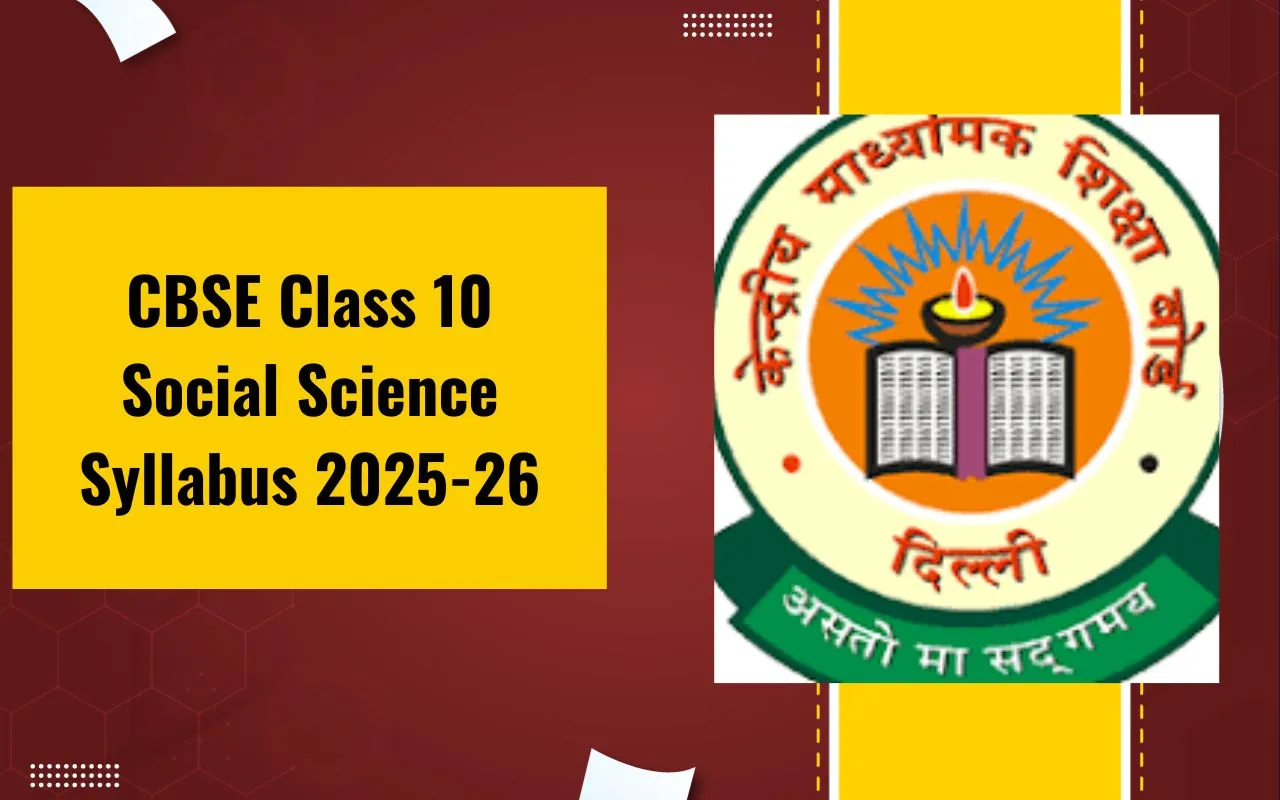
RD Sharma Solutions Class 10 Maths Chapter 1 Exercise 1.3: RD Sharma Solutions for Class 10 Maths Chapter 1 Exercise 1.3 focuses on the concept of real numbers and their representation on the number line.
This exercise provides students with valuable practice in identifying and working with both rational and irrational numbers. Through a series of well-structured problems, students learn how to accurately place different types of numbers on the number line, which is crucial for understanding their relationships and properties. The detailed solutions provided in this exercise help clarify each step, enabling students to develop a strong grasp of the concepts. By practicing these problems, students enhance their problem-solving skills and prepare effectively for exams gaining confidence in handling various mathematical scenarios involving real numbers.RD Sharma Solutions Class 10 Maths Chapter 1 Exercise 1.3 Overview
RD Sharma Solutions for Class 10 Maths Chapter 1 Exercise 1.3 are created by subject experts of Physics Wallah provide a detailed overview of real numbers and their representation on the number line. The expert-created solutions include clear, step-by-step explanations that make complex concepts easier to understand. By solving with this exercise students not only enhance their problem-solving skills but also solidify their understanding of the relationships between different types of real numbers. This overview prepares them well for further studies in mathematics and for their upcoming exams.RD Sharma Solutions Class 10 Maths Chapter 1 Exercise 1.3 PDF
RD Sharma Solutions for Class 10 Maths Chapter 1 Exercise 1.3 PDF provides students with a clear and organized resource for understanding real numbers and their placement on the number line. By solving this PDF students can effectively prepare for exams and boost their confidence in solving problems related to real numbers. You can download the PDF from the link provided below to access these valuable resources directly.RD Sharma Solutions Class 10 Maths Chapter 1 Exercise 1.3 PDF
RD Sharma Solutions Class 10 Maths Chapter 1 Real Numbers Exercise 1.3
Here is the RD Sharma Solutions Class 10 Maths Chapter 1 Real Numbers Exercise 1.3 -1. Express each of the following integers as a product of its prime.
(i) 420
Solution:
 420 = 2 x 2 x 3 x 5 x 7
∴ 420 = 2
2
x 3 x 5 x 7.
420 = 2 x 2 x 3 x 5 x 7
∴ 420 = 2
2
x 3 x 5 x 7.
(ii) 468
Solution:
 468 = 2 x 2 x 3 x 3 x 13
∴ 468 = 2
2
x 3
2
x 13.
468 = 2 x 2 x 3 x 3 x 13
∴ 468 = 2
2
x 3
2
x 13.
(iii) 945
Solution:
 945 = 3 x 3 x 3 x 5 x 7
∴ 945 = 3
3
x 5 x 7.
945 = 3 x 3 x 3 x 5 x 7
∴ 945 = 3
3
x 5 x 7.
(iv) 7325
Solution:
 7325 = 5 x 5 x 293
∴ 7325 = 5
2
x 293
7325 = 5 x 5 x 293
∴ 7325 = 5
2
x 293
2. Determine the prime factorisation of each of the following positive integers:
(i) 20570
Solution:
 20570 = 2 x 5 x 11 x 11 x 17
∴ 20570 = 2 x 5 x 11
2
x 17
20570 = 2 x 5 x 11 x 11 x 17
∴ 20570 = 2 x 5 x 11
2
x 17
(ii) 58500
Solution:
 58500 = 2 x 2 x 3 x 3 x 5 x 5 x 5 x 13
∴ 58500 = 2
2
x 3
2
x 5
3
x 13.
58500 = 2 x 2 x 3 x 3 x 5 x 5 x 5 x 13
∴ 58500 = 2
2
x 3
2
x 5
3
x 13.
(iii) 45470971
Solution:
 45470971 = 7x7x13x13x17x17x19
∴ 45470971 = 7
2
x13
2
x17
2
x19.
45470971 = 7x7x13x13x17x17x19
∴ 45470971 = 7
2
x13
2
x17
2
x19.
3. Explain why 7 x 11 x 13 + 13 and 7 x 6 x 5 x 4 x 3 x 2 x 1 + 5 are composite numbers.
Solution:
So, basically, there are two types of numbers, i.e., prime numbers and composite numbers. Understanding that, Prime numbers are those numbers having 1 and the number itself as factors. And composite numbers are those numbers having factors other than 1 and itself. It’s seen that, 7 x 11 x 13 + 13 = 13 x (7 x 11 + 1) [taking 13 out as common] = 13 x (77 + 1) = 13 x 78 = 13 x 13 x 6 So, the given expression has 6 and 13 as its factors. Therefore, we can conclude that it is a composite number. Similarly, 7 x 6 x 5 x 4 x 3 x 2 x 1 + 5 = 5 x (7 x 6 x 4 x 3 x 2 x 1 + 1) [taking 5 out- common] = 5 x (1008 + 1) = 5 x 1009 Since 1009 is a prime number, the given expression has 5 and 1009 as its factors other than 1 and the number itself. Hence, it is a composite number.4. Check whether 6 n can end with the digit 0 for any natural number n.
Solution:
In order to check whether 6 n can end with the digit 0 for any natural number n, let us find the factors of 6. It’s seen that the factors of 6 are 2 and 3. So, 6 n = (2 x 3) n 6 n =2 n x 3 n Since the prime factorisation of 6 does not contain 5 and 2 as its factor together, we can conclude that 6 n can never end with the digit 0 for any natural number n.5. Explain why 3 × 5 × 7 + 7 is a composite number.
Solution:
Basically, there are two types of numbers, i.e., prime numbers and composite numbers. Understanding that, Prime numbers are those numbers having 1 and the number itself as factors. And composite numbers are those numbers having factors other than 1 and itself. It’s seen that, 3 × 5 × 7+ 7 = 7 × (3 × 5 + 1) = 7 × (15 + 1) = 7 × 16 Since the given expression has 7 and 16 as its factors, we can conclude that it is a composite number.Benefits of Solving RD Sharma Solutions Class 10 Maths Chapter 1 Exercise 1.3
Solving the RD Sharma Solutions for Class 10 Maths Chapter 1 Exercise 1.3 provide several benefits that help students strengthen their understanding of real numbers. Here are some key advantages:Understanding Real Numbers : This exercise enhances students comprehension of real numbers, including both rational and irrational numbers, and their characteristics.
Number Line Representation : Students learn how to accurately represent real numbers on the number line, which is crucial for visualizing their relationships and understanding their properties.
Practice with Differentiation : The problems in this exercise allow students to practice distinguishing between rational and irrational numbers, reinforcing their learning and improving their analytical skills.
Step-by-Step Solutions : The detailed solutions provided in RD Sharma materials guide students through the problem-solving process, making complex topics more accessible and easier to understand.
Preparation for Exams : By practicing these types of problems, students build confidence and improve their readiness for exams as these concepts are often asked in assessment questions.
Skill Development : Regular practice with this exercise develops critical thinking and problem-solving skills, which are important for success in mathematics and other related subjects.
Reinforcement of Key Concepts : Working through the problems helps reinforce previously learned material about real numbers, ensuring a solid foundation for more advanced topics in mathematics.
RD Sharma Solutions Class 10 Maths Chapter 1 Exercise 1.3 FAQs
What are real numbers?
Are all integers real numbers?
Can real numbers be negative?
What is the closure property of real numbers?










